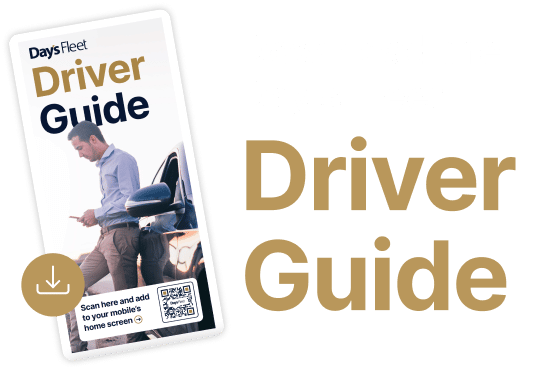Whether you want to keep your vehicle roadworthy for essential journeys, or are concerned about the impact of not driving it at all for a while, we have put together some tips to ensure your motor remains in top tip condition.
Even though the government have extended any MOTs due from 30 March 2020 for a period of six months and may not have to take your vehicle in for an MOT over the next few months, it is still your responsibility to keep your vehicle in a roadworthy condition.
How can I keep the vehicle clean?
If you decide to top up the fuel tank during an essential journey, remember to use gloves or otherwise avoid handling the fuel pump – an obvious cross-contamination point for the virus (and take off the gloves before you get home and wash them).
You should also use antibacterial fluid or wipes to clean all the contact points on your vehicle – keys, door handles inside and out (don’t forget the boot), steering wheel, dash, seatbelt, touch screens, all switches, handbrake, fuel filler cap and so on.
These are generally the harder kind of surfaces the virus tends to survive longer on.
Help with maintaining brakes and batteries if not driving regularly
If left for a while, a vehicle’s brake discs can begin to corrode. This can eventually lead to the brakes seizing entirely, which will require a mechanic’s attention to put right. To prevent this from happening, roll your vehicle back and forth a few metres every so often if safe to do so. This will also help prevent your tyres from developing flat spots. Corrosion of brake discs can also cause the handbrake to stick.
It’s also important to keep your battery maintained. Even when the vehicle is switched off, electrical items running in the background (such as security devices) can drain the battery.
Should a replacement battery or a breakdown recovery call-out be required to resolve an issue with your battery, this will result in a charge to yourselves.
- If your vehicle is privately parked, you may want to invest in a mains-powered battery maintainer or trickle charger, which will keep it in tip-top condition.
- If you can’t realistically run a lead to your vehicle, simply start it up once a week and let it run for around 15 minutes. Not only will this give the battery time to increase its charge, but will also circulate oil and fuel around the engine.
- While the vehicle is running, turn the air conditioning on. This will help maintain the seals in the air conditioning system and reduce the chance of mould developing in your vehicle’s air circulation system.
- Avoid turning your vehicle on and off again in quick succession. The starter motor requires battery power each time, which won’t be replenished unless the battery is given time to charge
Never leave your vehicle unattended when it’s switched on.
Keeping your vehicle roadworthy if you need to drive
Car, motorcycle and van owners whose MOTs had been due from 30 March 2020 have been given a six-month extension on having this test done, but are still expected to keep their vehicles in a safe and roadworthy condition
Take a look at our handy checklist:
- Check fluid levels including oil, engine coolant, brake fluid and screen-wash to ensure they’re at least at minimum recommended levels.
- Gently try your brakes when first setting off to ensure they’re working properly. If they’ve built up corrosion, they may make a crunching or grinding noise for the first mile or so. If this persists, or you notice any vibration through the pedal, you may have warped brake discs.
- Check that all of your lights are working properly. If possible, ask someone to help you with this (for example checking that brake lights come on when you press the brakes). Alternatively, park in front of a reflective surface, such as a window, and you’ll be able to see the lights in your mirrors.
- Check that tyres have sufficient tread depth and no defects. The minimum legal tread depth in the UK is 1.6mm. You can easily check by inserting a 20p piece into a tyre groove. If the outer band of the coin is not obscured by the treadblock, they’re too low and illegal to use.
- Ensure tyres are properly inflated. Under-inflated tyres increase fuel consumption and can affect the braking performance of your vehicle. You’ll be able to find the recommended tyre pressures for your model in the owner’s handbook.
- If driving a hybrid/electric vehicle, make sure it is not at a minimum charge level, as high-voltage lithium-ion batteries may refuse to accept a charge if left empty for extended periods. Check the owner’s manual but most advise that electric vehicles should be kept plugged in when not in use, and the vehicle’s electronic control unit will look after the high voltage battery’s health.
If your vehicle is on a Days Fleet maintenance contract and you need assistance, please visit our DriverLine page for more information.
Please visit our dedicated Coronavirus page for the latest status and service updates.


